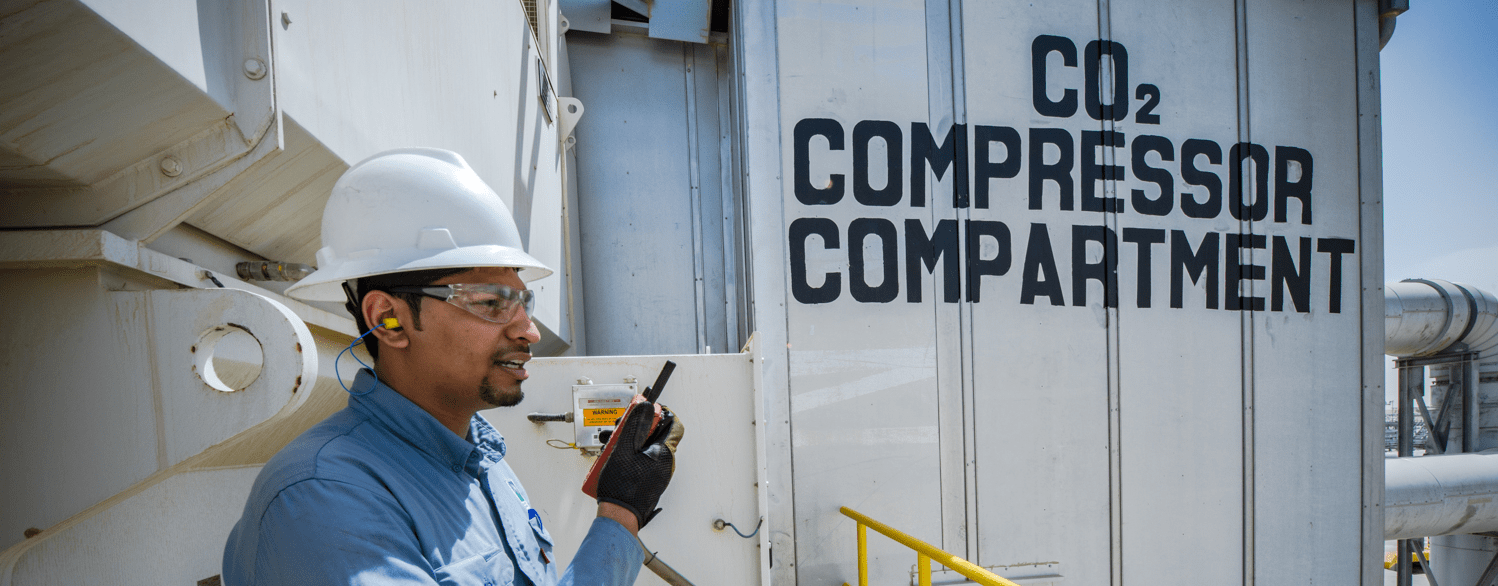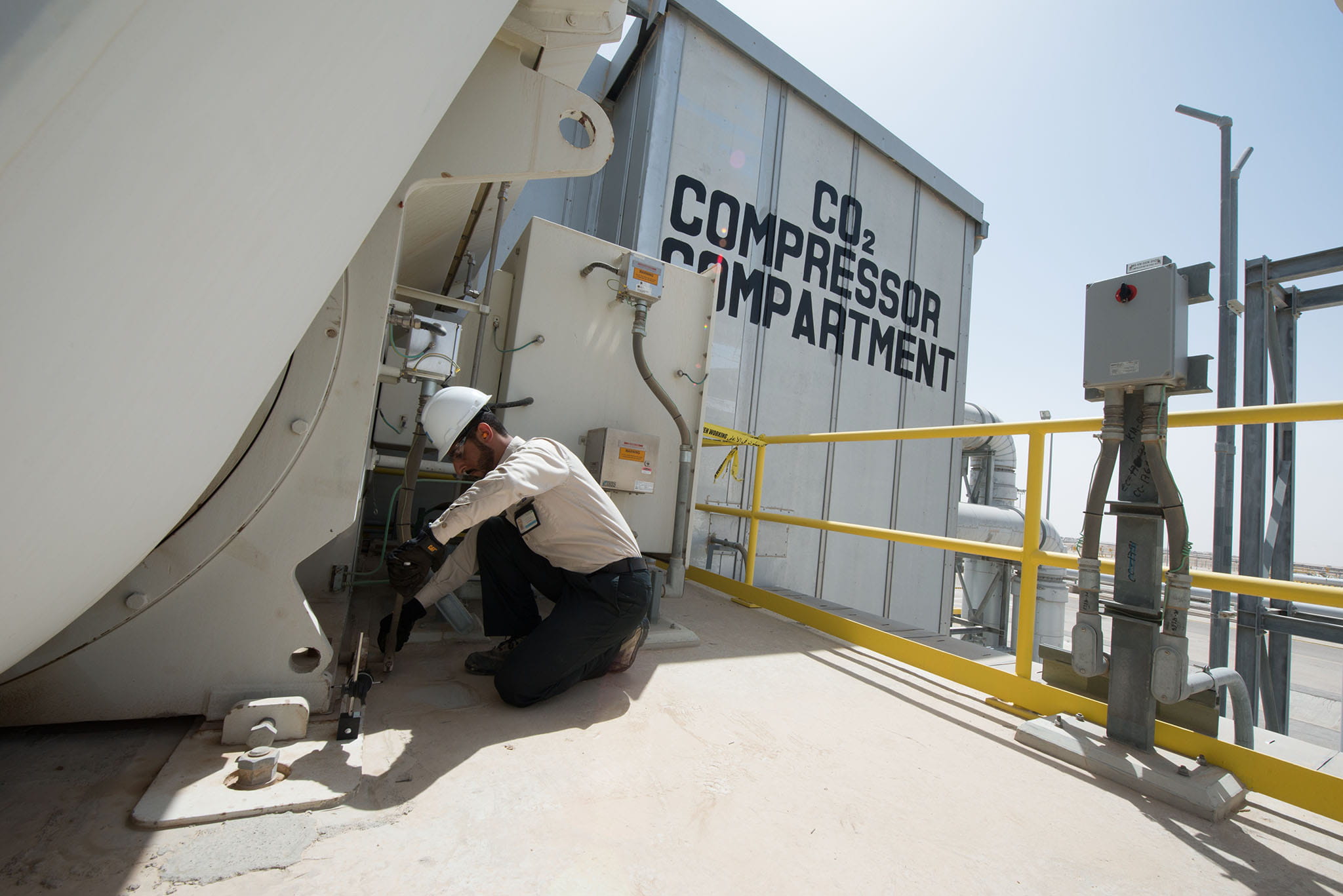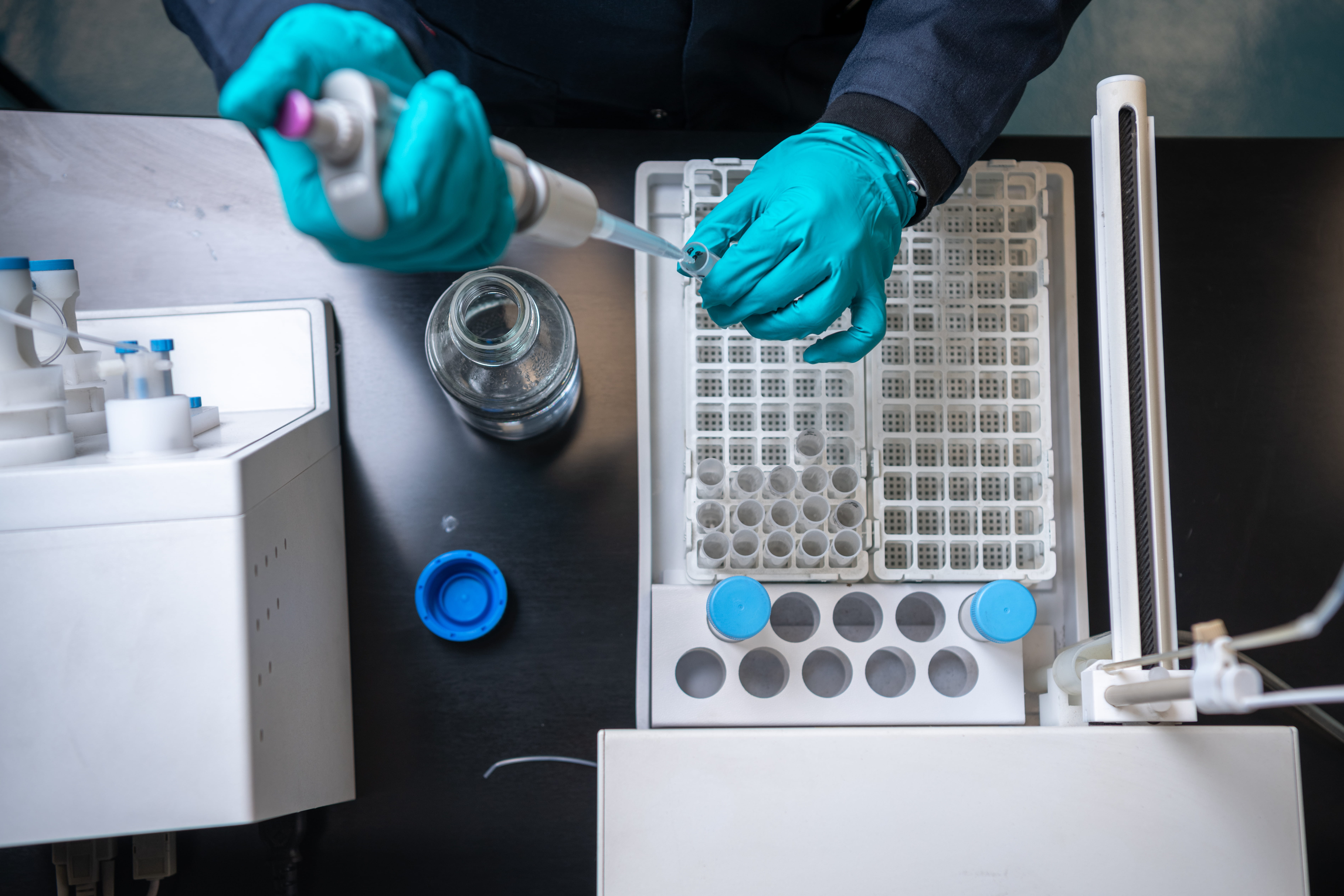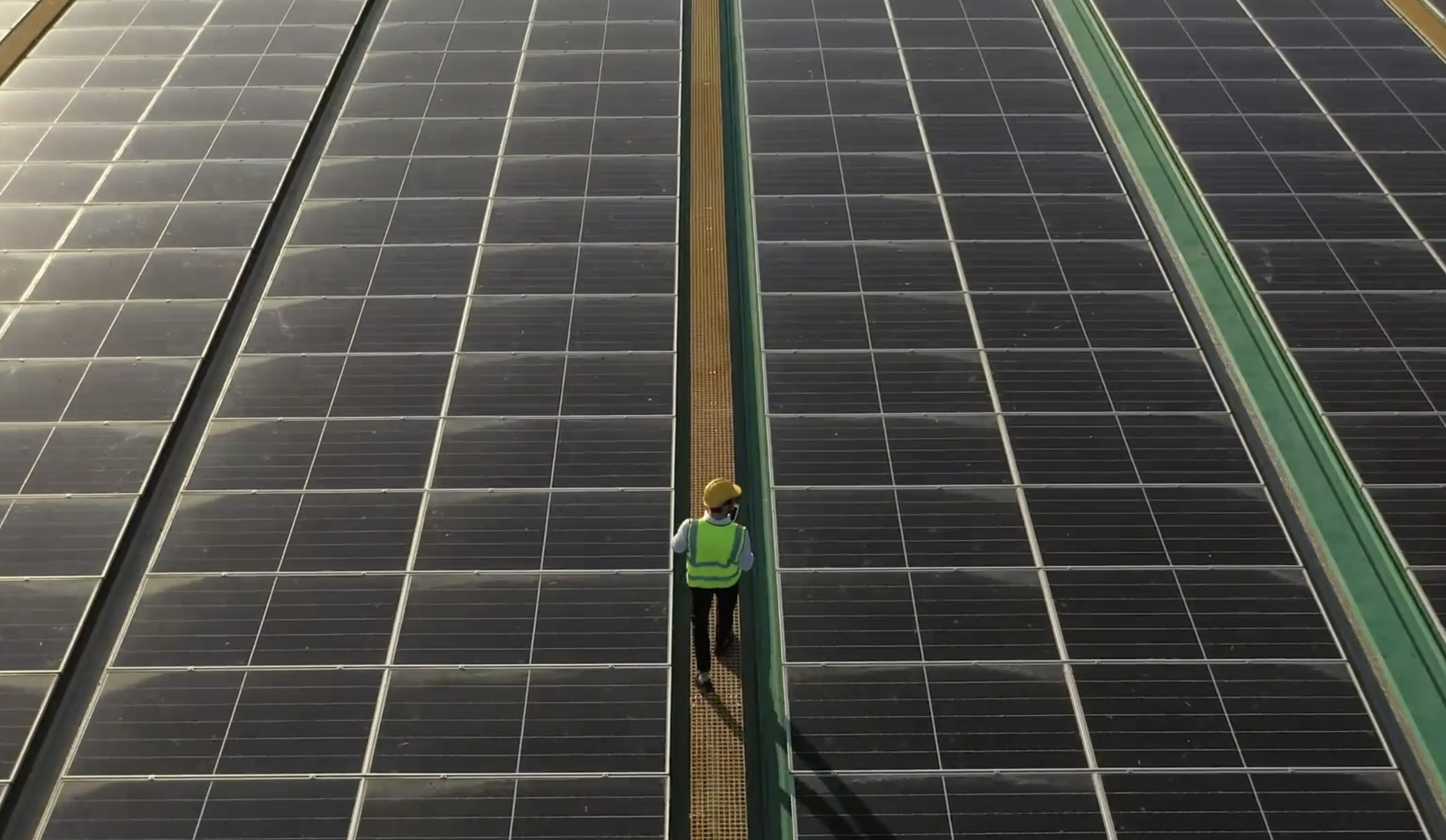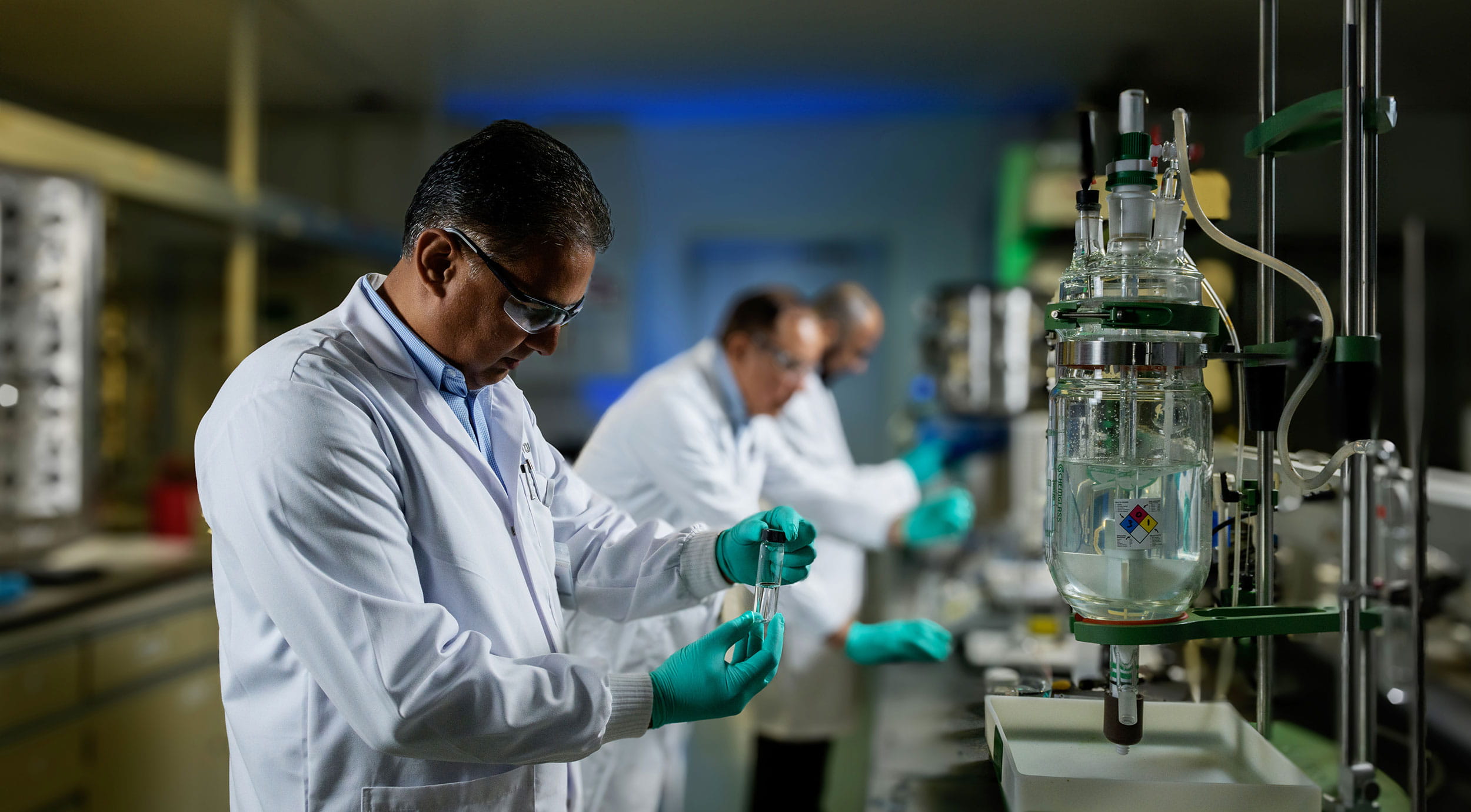
Climate and energy
Our efforts towards GHG emissions reduction and efficient resource utilization across our operations.
For some, the idea of an oil and gas company positively contributing to the climate challenge is a contradiction: we don’t think it is.
Reducing emissions to address climate change, while meeting the world’s energy needs, remains the biggest single challenge of this century.
As a world-leading energy business, we believe we are especially qualified to make effective contributions to the overall solution.
Our ambition is to achieve net-zero Scope 1 and Scope 2 greenhouse gas emissions across our wholly owned and operated assets by 2050.
